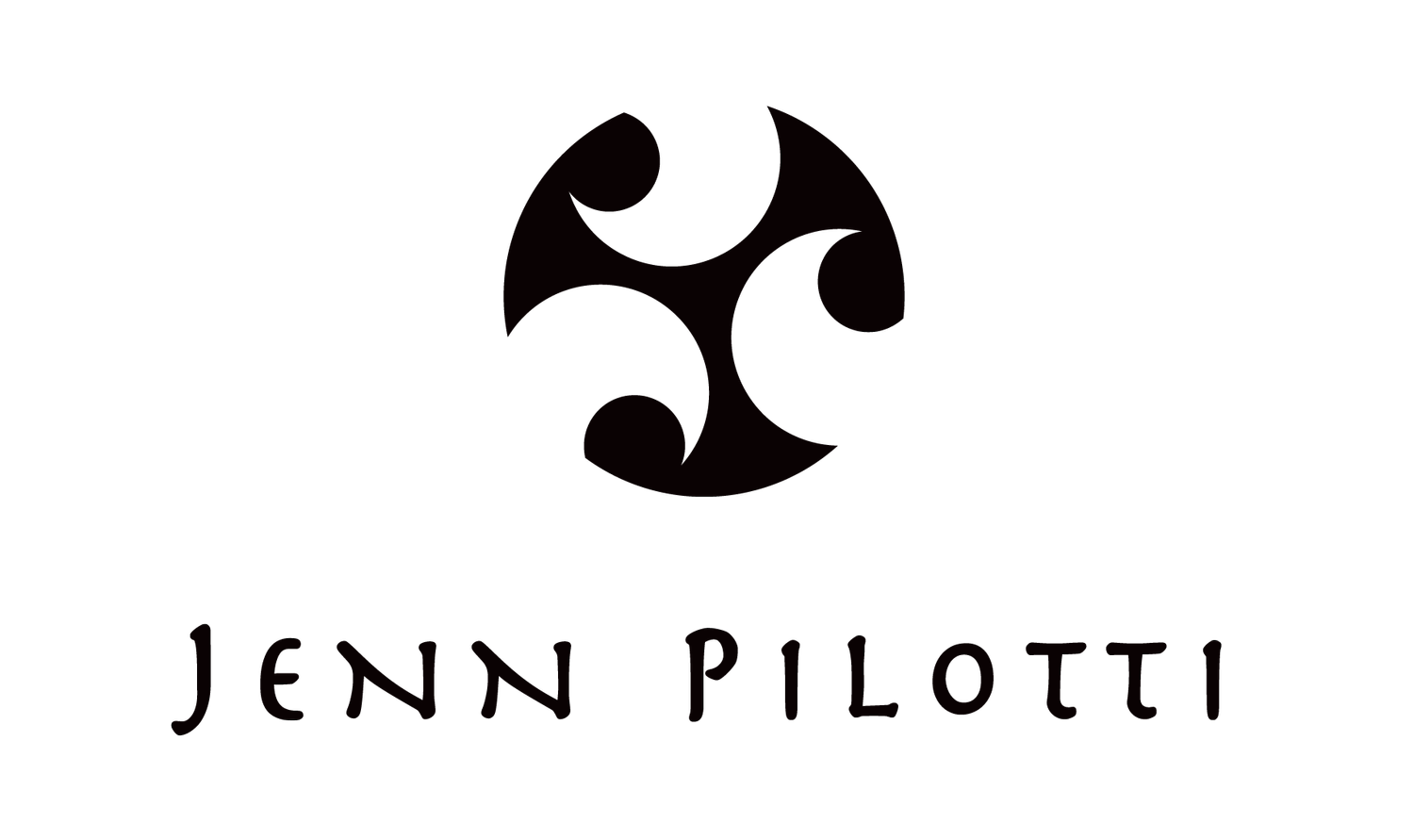November newsletter: the value of a teacher, upcoming events, and suggested reading
November Newsletter: When the teacher is the student, recommended reading, and upcoming events
Over the summer, in the midst of the chaos that was selling a house and buying another one, I took a writing course. I have a vague goal of where I want my career to go in the next five years, and writing is part of it. Our writing instructor gave us the option to meet with him one on one and ask questions. During my session, he asked if I was okay with the constructive criticism that takes place during the editorial process. “Of course,” I replied. “That’s how you get better.”
A couple of months later, I was having coffee with a colleague. He was telling me a story about assisting at a large fitness workshop. The lead instructor asked for volunteers to have their squat assessed. No one raised their hand. “People in our profession don’t like to be critiqued,” he observed. “They don’t want their weaknesses pointed out.”
My experience with yoga workshops has been different, perhaps because as a general rule yoga teachers and committed students are genuinely curious about connecting on a deeper level with their bodies. However, as a self critical person, there is always that moment when the teacher is pointing out my self labeled inadequacies where I find myself thinking, “I should be better.”
This is silly, because the only way to be better is through deliberate practice, and one of the hallmarks of deliberate practice is constructive feedback. It is easy as we advance through our practices and through our lives to begin avoiding our cheats, the work arounds we all have to make a movement aesthetically pleasing or to accomplish a specific skill. Even though we would (mostly) all benefit from the trained eyes of another, we become content with our current abilities.
The problem with stagnation is it shows up in teaching, as well as in our personal practice. Just like I benefitted greatly from someone pointing out my filler words and where I could be more succinct, my movement practice flourishes when I am checking in regularly with a coach or teacher.
In other news, my friend Ariana of ArianaYoga, has started this really cool project involving podcasts where we talk about research and its application to movement and yoga science. Check out the first one, with Ariana and Jules Mitchell discussing research on using mirrors at http://www.arianayoga.com/mirrors-in-yoga/.
Yours in health and wellness,
Jenn
Upcoming Events:
Introduction to MELT workshop with Leslie Otto, Saturday, 10/22 from 10-12. More information: http://meltslo.com/melt-2-hour-intro-workshop-well-personal-training-carmel-ca-saturday-oct-22-1000-1200/
Connecting the foot to the hip, Saturday, November 19, 9:30-11:30. A brief overview of the anatomical connections between the foot and the hip, using techniques from exercise and movement science to understand how the foot connects with the hip. Cost: $40 More information: www.bewellpt.com
Introduction to movement as play, Saturday, 12/10 from 9:30-11:30. Explore movement as a vehicle for play in this two hour workshop. We will use techniques from a variety of places, including yoga, GMB, and somatics to draw a sense of focus in a playful, non-rigid manner. Cost: $35. More information: www.bewellpt.com
Body, mind, nature retreat with Jenn Pilotti M.S., and Catherine Cowey, M.S., Friday, June 2-Sunday June 4 2017. More information: www.bewellpt.com
Suggested reading:
Research:
https://www.ncbi.nlm.nih.gov/pubmed/27502242 Mindful movement, attentional focus, and Feldenkrais.
https://www.ncbi.nlm.nih.gov/pubmed/27686412 How ankle dorsiflexion affects hip and knee kinematics during a lateral step down test.
https://www.ncbi.nlm.nih.gov/pubmed/27632842 Hamstring strain and eccentric strength: a long term follow-up.
From around the web:
http://fitforreallife.com/2016/09/how-to-become-teammates-with-your-body/ Nicely written piece about awareness and achieving goals.
http://www.huffingtonpost.com/entry/how-feldenkrais-helped-me-break-up-with-yoga_us_57c4ff2ce4b0c936aabaa856 I have practiced yoga for 12 years, but Feldenkrais remains my favorite way to practice focused attention and slow down.
http://tonygentilcore.com/2016/10/textbook-technique-and-why-it-doesnt-exist/ Is there perfect technique? Or are there just basic rules we should follow?
http://www.greglehman.ca/blog/2016/9/12/why-i-put-strength-on-dysfunction In the same vein, and sort of brilliant.
http://www.newyorker.com/tech/elements/what-is-fatigue This was written almost two years ago, but thank to Michael Mullin at Integrative Rehab Training, just came to my attention.
http://www.businessforunicorns.com/portfolio/dear-fitness-industry/ This was also brilliant. Most of us aren’t training athletes (or teaching yogis interested in advanced asana); we’re training regular people with limited energy and time.
